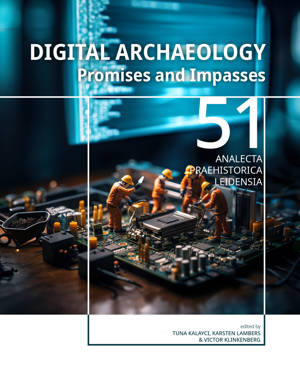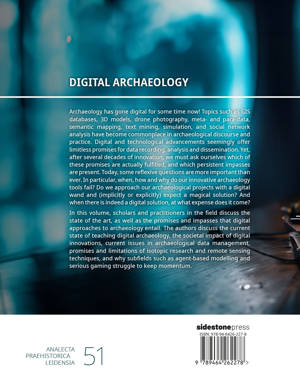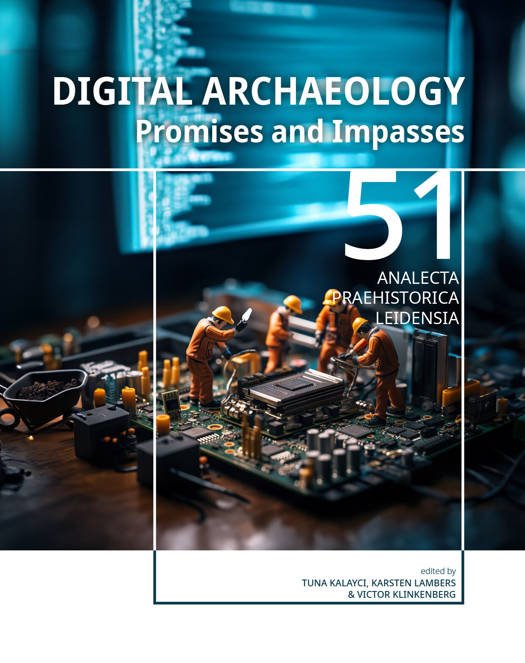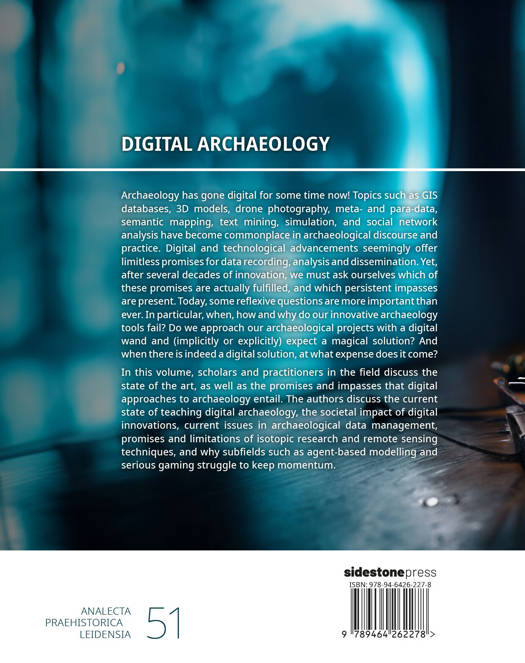
- Afhalen na 1 uur in een winkel met voorraad
- Gratis thuislevering in België vanaf € 30
- Ruim aanbod met 7 miljoen producten
- Afhalen na 1 uur in een winkel met voorraad
- Gratis thuislevering in België vanaf € 30
- Ruim aanbod met 7 miljoen producten
Zoeken


Omschrijving
Archaeology has gone digital for some time now! Topics such as GIS databases, 3D models, drone photography, meta- and para-data, semantic mapping, text mining, simulation, and social network analysis have become commonplace in archaeological discourse and practice. Digital and technological advancements seemingly offer limitless promises for data recording, analysis and dissemination. Yet, after several decades of innovation, we must ask ourselves which of these promises are actually fulfilled, and which persistent impasses are present. Today, some reflexive questions are more important than ever. In particular, when, how and why do our innovative archaeology tools fail? Do we approach our archaeological projects with a digital wand and (implicitly or explicitly) expect a magical solution? And when there is indeed a digital solution, at what expense does it come?
In this volume, scholars and practitioners in the field discuss the state of the art, as well as the promises and impasses that digital approaches to archaeology entail. The authors discuss the current state of teaching digital archaeology, the societal impact of digital innovations, current issues in archaeological data management, promises and limitations of isotopic research and remote sensing techniques, and why subfields such as agent-based modeling and serious gaming struggle to keep momentum.
In this volume, scholars and practitioners in the field discuss the state of the art, as well as the promises and impasses that digital approaches to archaeology entail. The authors discuss the current state of teaching digital archaeology, the societal impact of digital innovations, current issues in archaeological data management, promises and limitations of isotopic research and remote sensing techniques, and why subfields such as agent-based modeling and serious gaming struggle to keep momentum.
Specificaties
Betrokkenen
- Auteur(s):
- Uitgeverij:
Inhoud
- Aantal bladzijden:
- 136
- Taal:
- Engels
- Reeks:
Eigenschappen
- Productcode (EAN):
- 9789464262278
- Verschijningsdatum:
- 31/12/2023
- Uitvoering:
- Paperback
- Formaat:
- Trade paperback (VS)
- Afmetingen:
- 211 mm x 267 mm
- Gewicht:
- 462 g

Alleen bij Standaard Boekhandel
+ 60 punten op je klantenkaart van Standaard Boekhandel
Beoordelingen
We publiceren alleen reviews die voldoen aan de voorwaarden voor reviews. Bekijk onze voorwaarden voor reviews.












